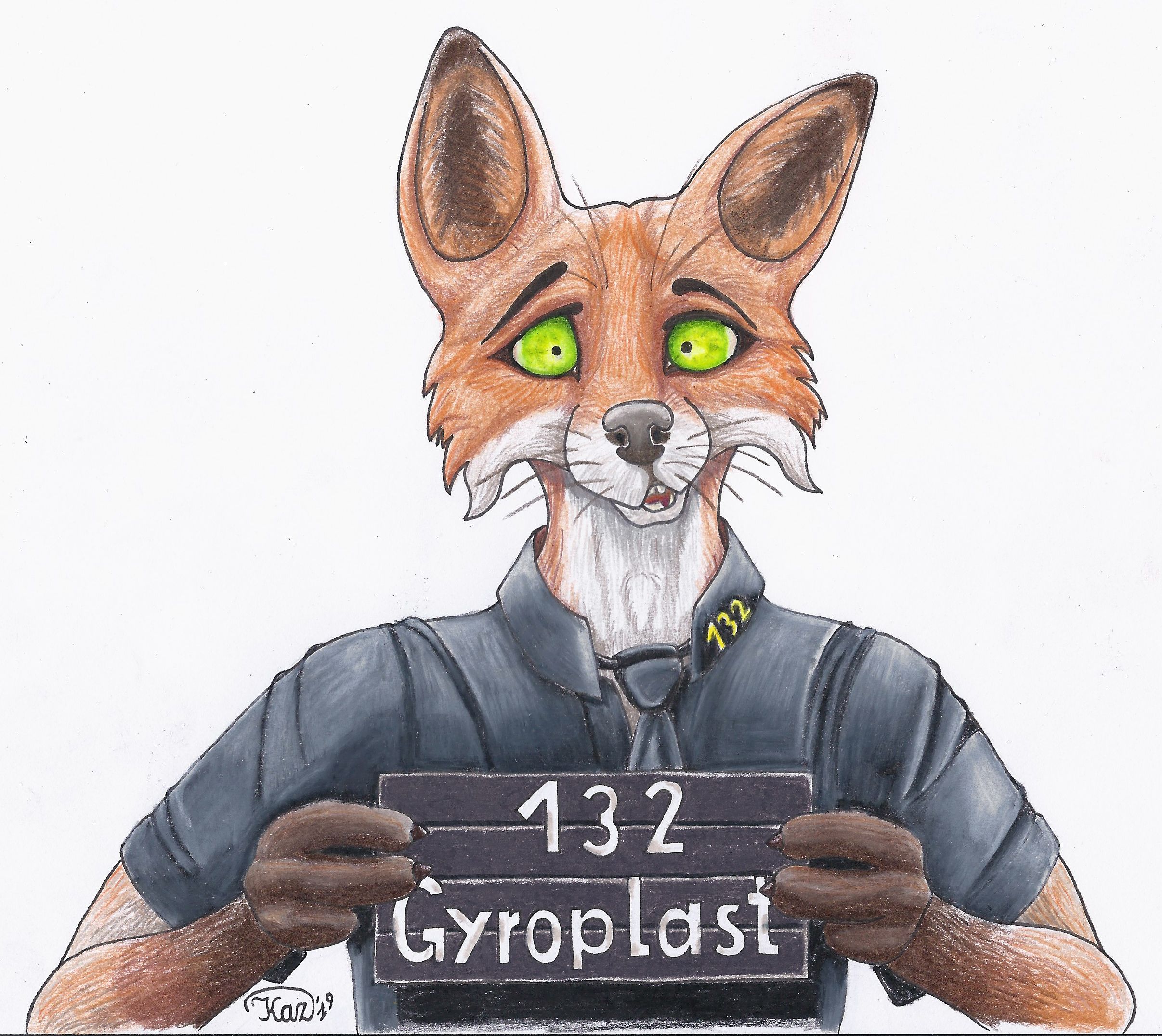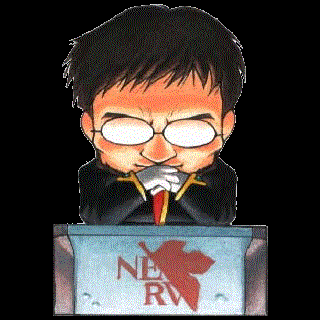Wait. Is that last one really home?
It’s a Class A address, reserved for loopback devices. While not any sort of default - yes, it could be used as home :)
Keep in mind the modern ipv4 internet uses classless subnets so it is better to think of it as a /8
Technically it fits inside the highest class-A subnet… but I’ve seen so many people (especially teachers) who think that class-A and
/8subnets are equivalent that I firmly believe that the idea of classful networking should be removed from technical literature altogether.Classful IPv4 was obsoleted 32 years ago. Only 8 years left before it’s literally older than a standard career.
It’s fascinating the sheer inertia that leads formally-trained IT professionals to use and perpetuate such profoundly useless and obsolete nomenclature. You’d think that having an incorrect use of the term “class A” and not having any use for classes B and C would tip off academia that they should cordon off classful networking to the “History of Computing” course next to ARPANET.
Maybe next time someone refers to
10.0.0.0/8as a Class A network I’ll refer to it as the ARPANET Network. That’s only very slightly more anachronistic (3 years).
Yes. 127.0.0.0/8 is reserved IPv4 address space for Loopback. It is perfectly valid, and occasionally useful, to use other loopback addresses that are functionally identical, like 127.0.1.1 or 127.0.0.53, which carry semantic information for the initiated, like “53? Must be DNS-related, obviously!”
At the place I work, we use 10.127.0.0/16 for loopback addresses on networking equipment because it has that little familiarity from 127.0.0.0/8
Only with a /8 or 255.0.0.0 netmask. Which is not very common.
de:ad:be:ef:ca:fe
127.1
This reminds me of the tale of the coder tasked to write an input validator for IPv4 addresses. Poor bastard.
Another fun one:
0177.042.017.066PSA: Don’t zero-pad your IPv4 octets. Decimal is for simpletons.
2134206969
127.53.105.249
Nice, nice, nice
127.nice.nice.nice
127.13.37.69:420127.69.420
127.69420
127.42069
127.4.2.0
127.42.0.69
0
hey I’m pretty new to stuff like this, can someone explain?
These are all network addresses that refer to localhost - how a computer addresses itself.
To add to this - localhost spans 127.0.0.1-127.254.254.254
Why is 255 off limits? What is 127.0.0.0 used for?
To my limited knowledge: If it ends in .0 it’s the network identifier. If it ends in .255 it’s the broadcast address.
Thank you! That gives me a starting point that should be easy to look up!
Why is 255 off limits? What is 127.0.0.0 used for?
Hypothetically you’re working on an application but you don’t want that application exposed to the internet, you would use localhost to either expose it to 1 machine on your network or network wide by opening a port and telling the application to listen on the private IP assigned by your router.
Advanced setup would include a reverse proxy to forward the requests from the applications port to the internet, the reverse proxy would use port 80:80 (http) & 443:433 (https), so the flow would look a little like this -
Internet > Reverse Proxy listening on 80:80 & 443:443 > Application listening on 8080:8080
—-
Why does it span to .254? Well this is another advanced setup but if you wanted to segregate two application on different subnets you can. I’m not sure if there is a security benefit by adding the extra hop but the option is there.
Why is 255 off limits? What is 127.0.0.0 used for?
To clarify, I meant that specific address - if the range starts at 127.0.0.1 for local, then surely 127.0.0.0 does something (or is reserved to sometimes do something, even if it never actually does in practice), too.
Advanced setup would include a reverse proxy to forward the requests from the applications port to the internet
I use Traefik as my reverse proxy, but I have everything on subdomains for simplicity’s sake (no path mapping except when necessary, which it generally isn’t). I know 127.0.0.53 has special meaning when it comes to how the machine directs particular requests, but I never thought to look into whether Traefik or any other reverse proxy supported routing rules based on the IP address. But unless there’s some way to specify that IP and the IP of the machine, it would be limited to same device communications. Makes me wonder if that’s used for any container system (vs the use of the 10, 172.16-31, and 192.168 blocks that I’ve seen used by Docker).
Well this is another advanced setup but if you wanted to segregate two application on different subnets you can. I’m not sure if there is a security benefit by adding the extra hop
Is there an extra hop when you’re still on the same machine? Like an extra resolution step?
I still don’t understand why .255 specifically is prohibited. 8 bits can go up to 255, so it seems weird to prohibit one specific value. I’ve seen router subnet configurations that explicitly cap the top of the range at .254, though - I feel like I’ve also seen some that capped at .255 but I don’t have that hardware available to check. So my assumption is that it’s implementation specific, but I can’t think of an implementation that would need to reserve all the .255 values. If it was just the last one, that would make sense - e.g., as a convention for where the DHCP server lives on each network.
The highest (all 1s in binary) host address in a network (last octet in /24) is the broadcast address, it is send to all host in the network.
…but why?
Let’s say you want to test a network service like a webserver (https://www.mywebserver.com/) on the same computer as the browser.
It was designed that way. This span of addresses should not be used for anything other than localhost-ery.
May seem like a wide span, but at the time that it was designed they didn’t anticipate needing every single address
127.420.69.531:8008
IPv6 >> ipv4
IPv4 with NAT > IPv6
Care to explain?
NAT adds latency plus it makes end to end connections very hard to do. IPv6 on the other hand makes thing much simpler since you don’t need to guess the ports.
I do a lot of networking and I like being able to remember IPs and subnetting is a lot easier. I haven’t really realized any issues with latency. Haven’t really had to guess ports either as NAT handles that. I think IPv6 is a good idea and works great for computers, but as I human I prefer IPv4.
IPv6 doesn’t need to be hard. For one you can use DNS since it is probably Tue best in terms of readability.
For addressing you can do a few different things. If you are just looking for simple addresses you can do something like:
2001:ab6f:c5::5 2001:ab6f:c5::6
If you have multiple areas or vlans you also can separate them with site info in the address. Something like:
Site one: 2001:ab6f:1:1::1
Site two: 2001:ab6f:2:1::1
Site two vlan 666: 2001:ab6f:2:666::1
You also can use words like beef and cafe to make it more memorable.
Ipv6 is also nice since subnetting is much simpler. All subnets are /64 so it is very easy to know if an address is in a subnet. No more /19 and other crazy subnetting madness.
192.168.0.69
2130706433












